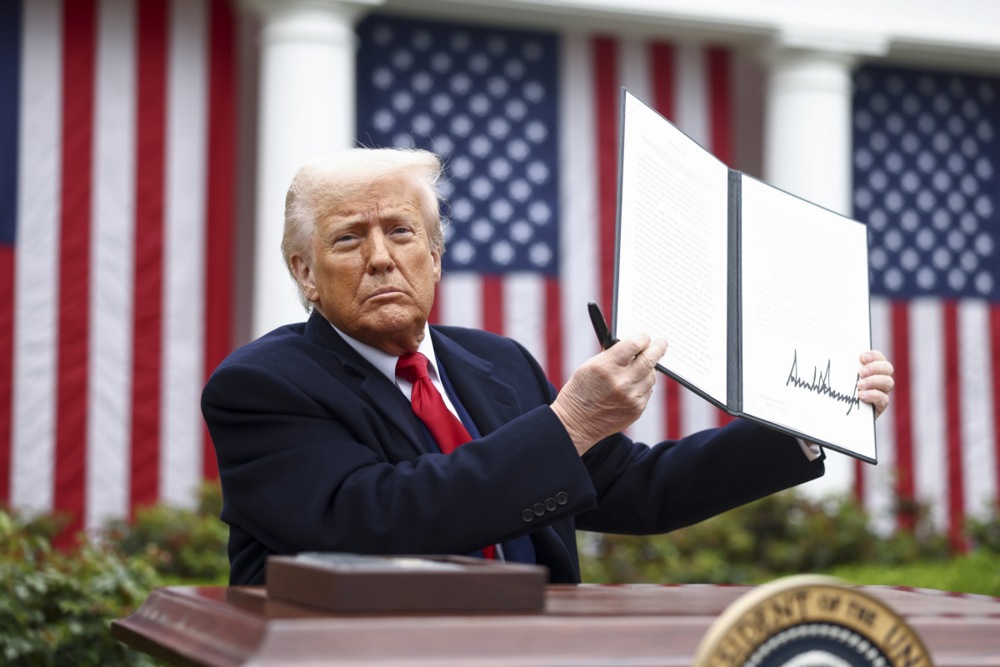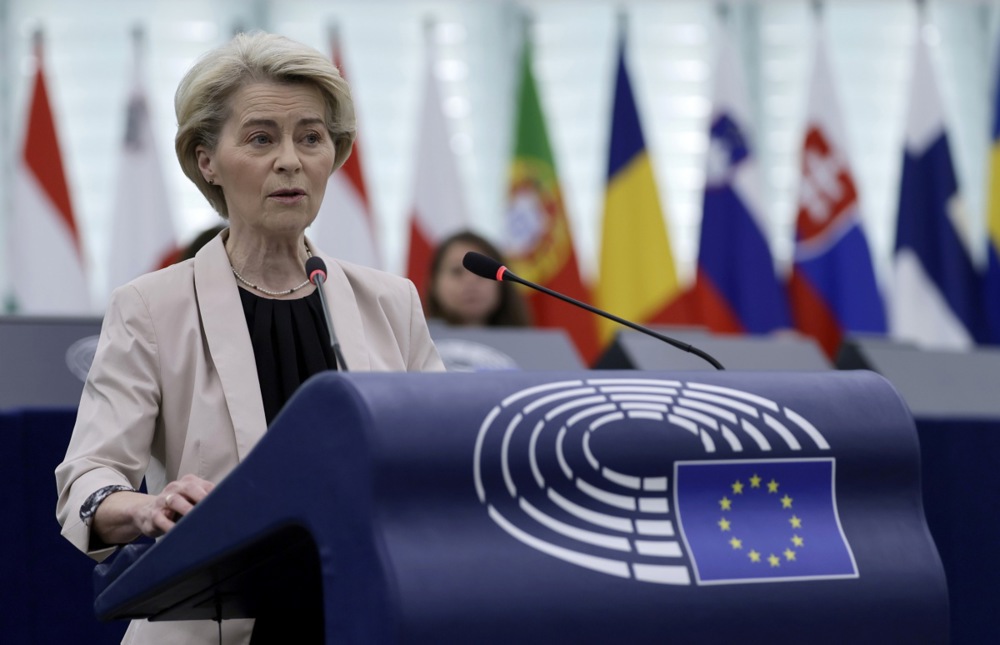US President Donald Trump has once again reversed course on a steep tariff hike for the European Union.
The abrupt shift — just days after he vowed to impose a 50 per cent duty on EU imports — has left trade experts unsurprised, many citing a familiar pattern of bold announcements by the President followed by rapid retreats.
Over the weekend of May 25, Trump confirmed that the previously scheduled July 9 review date for EU tariffs remained in place, effectively shelving the sudden increase he had proposed on May 23.
The reversal followed a phone call with European Commission President Ursula von der Leyen, who requested more time to advance negotiations. She said she was “pleased” by Trump’s decision.
Both leaders characterised the conversation as highly positive and agreed to the extension, with Trump stating: “It was my privilege to do so.”
Bryan Riley, director of the Free Trade Initiative at the US National Taxpayers Union, said: “President Trump often announces a policy and then changes course midstream.”
Everett Eissenstat, former deputy assistant to the president for International Economic Affairs during Trump’s first term in office, interpreted the tariff proposal as a manifestation of mounting frustration over sluggish negotiations.
“While it’s possible that additional tariffs could accelerate progress and be paused, they may have the opposite effect, leading to higher tariffs on both economies,” he told Brussels Signal.
In his May 23 post on X, Trump accused the EU of being “very difficult to deal with” and claimed that “powerful trade barriers” had resulted in a $250 billion (€219.7 billion) trade deficit with the US.
Riley contested the accuracy of this figure, noting that the US had a multi-billion dollar goods trade deficit with the EU in 2024, partially offset by a surplus in services. “The overall deficit is lower than $235 billion [€206.6 billion],” he clarified.
Riley also questioned the rationale behind the proposed 50 per cent tariff, describing it as “a pretty random number”. He speculated that it might have been intended to pressure the EU into policy changes or simply reflect Trump’s dissatisfaction with the trade imbalance.
The University of Pennsylvania’s Penn Wharton Tariff Simulator estimated that implementing a 50 per cent tariff on all EU imports would cost US consumers $1.266 trillion (€1.11 trillion) over the next decade — equivalent to $9,500 (€8,350) per household.
Riley emphasised that such a measure would undermine the benefits of the recently passed “One Big Beautiful Bill“, a comprehensive legislative package championed by Trump that included permanent tax cuts and other economic incentives.
“This tax increase would nullify many of the potential benefits of the ‘One Big Beautiful Bill’,” Riley cautioned in a written statement. “Rather than imposing costly new tariffs, the United States should expand on the EU’s proposal to remove all industrial tariffs on a reciprocal basis.”
In a related development, Trump has also threatened a 25 per cent tariff on iPhones not assembled in the US. When questioned about the legality of targeting a single company, he clarified that the measure would not apply solely to Apple. “It’s also for Samsung and others,” he told reporters. “Otherwise it is unfair.”
Riley warned that such tariffs would likely backfire on consumers. “Threatening new tariffs on Americans who buy goods from US allies and on products made by our largest and most successful companies will not grow the US economy,” he said.
For now, both the 50 per cent EU tariff and the 25 per cent smartphone levy remained on hold.
Experts, though, remained cautious. “Based on history, the United States will probably change its policy again in the very near future,” Riley added.





